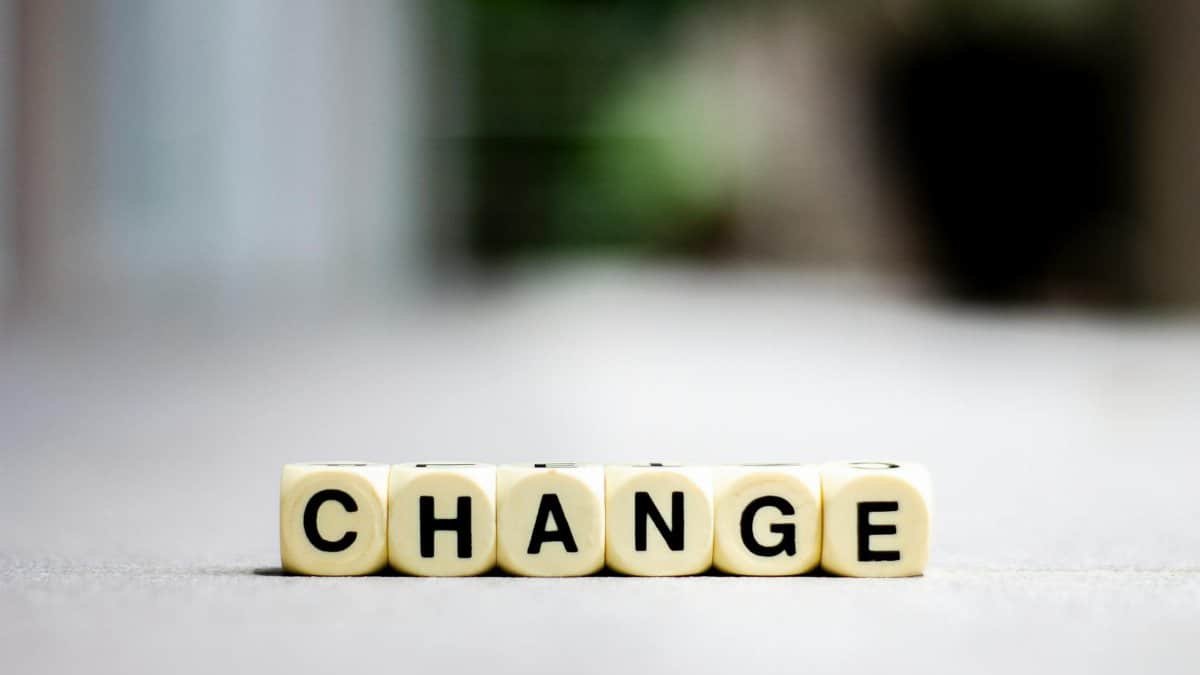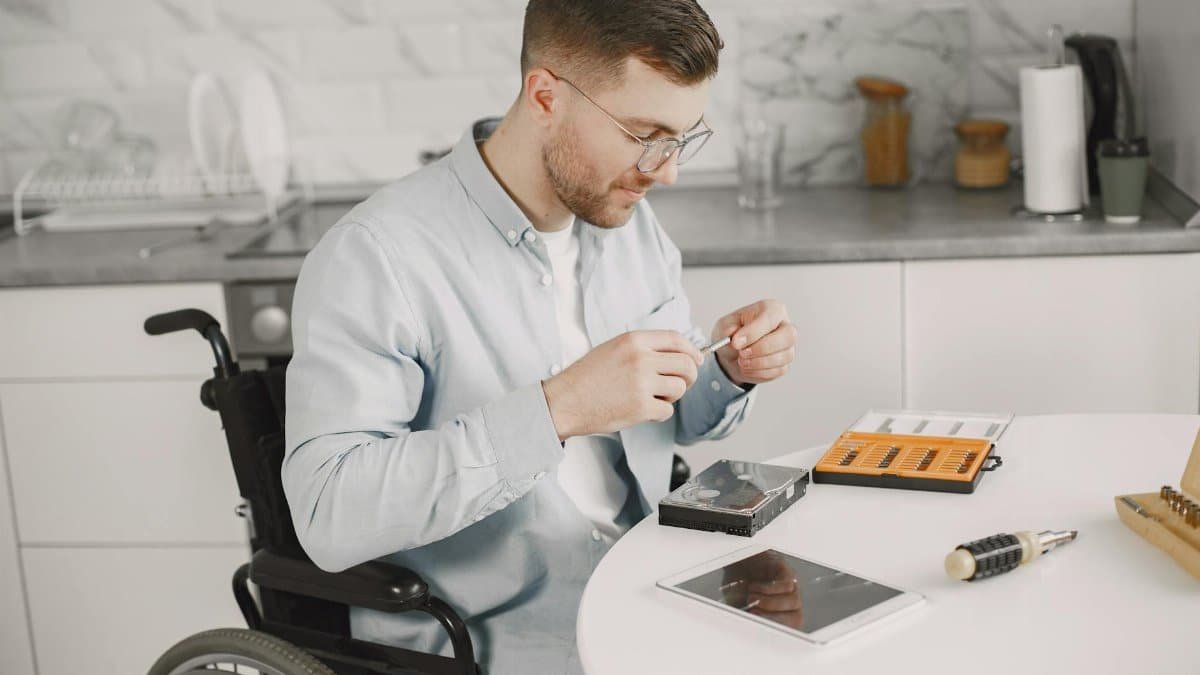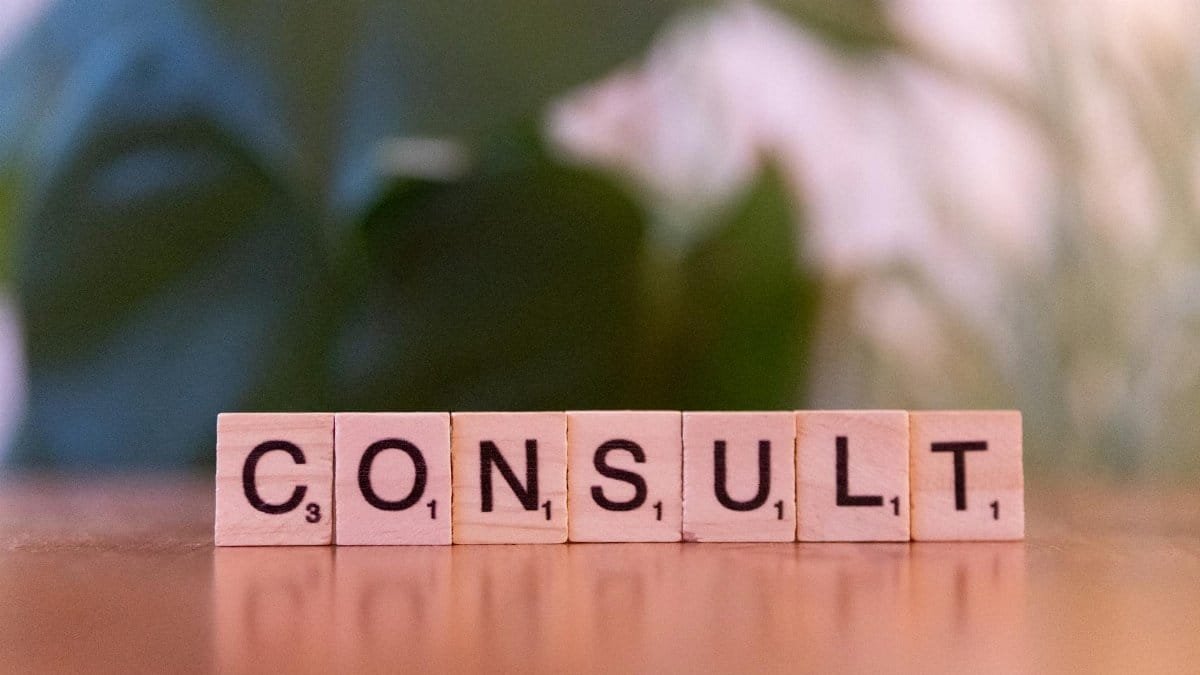In a fast-paced world, new data shows that 68% of Americans report higher stress levels in 2025, according to a recent survey by the American Psychological Association. But experts are turning to confidence building as a game-changer. Simply put, confidence | selfesteem | growth involves nurturing inner strength through practices like yoga and mindful movement, leading to reduced anxiety and better emotional balance. In places like San Jose, where daily pressures mount, this approach is gaining traction, helping people reclaim control over their lives. It’s not just theory—it’s a practical tool for everyday resilience.
Understanding Confidence Building Basics

Confidence building starts with self-awareness. It’s about recognizing your strengths and addressing weaknesses without judgment. In the realm of yoga and movement, this means starting with simple poses that build physical and mental fortitude. Experts like those at the Mayo Clinic emphasize that consistent practice fosters a positive self-image. For instance, holding a warrior pose can symbolize inner power, translating to real-life scenarios where stress feels overwhelming. This foundation is key for anyone looking to tackle daily pressures head-on.
The Link Between Self-Esteem and Stress Reduction

Low self-esteem often amplifies stress, creating a vicious cycle. Building self-esteem through growth-oriented activities breaks that pattern. Yoga sessions, for example, encourage mindfulness, which studies show can lower cortisol levels. A report from Harvard Medical School highlights how such practices improve emotional regulation. In San Jose’s bustling tech scene, professionals are using these methods to manage work-related anxiety, reporting better focus and fewer burnout episodes. It’s a straightforward way to turn self-doubt into self-assurance.
Practical Growth Strategies in Daily Life

Growth doesn’t require drastic changes. Start small with daily affirmations or short movement routines. Experts recommend integrating confidence-boosting habits like journaling achievements or trying new yoga flows. This incremental approach leads to lasting improvements in handling stress. According to the American Psychological Association’s stress resources, building resilience through personal development is essential. People in urban areas like San Jose find that these strategies fit seamlessly into busy schedules, offering quick wins for mental health.
Overcoming Common Challenges

Not everyone finds confidence building easy. Doubts and setbacks are normal, especially when stress peaks. The key is persistence. Movement-based therapies, such as tai chi or dynamic yoga, help push through plateaus. Research from the National Institutes of Health indicates that regular physical activity enhances self-efficacy. Challenges like time constraints or motivation dips can be addressed by joining community classes, where group energy provides extra support. This makes the process more accessible and less intimidating for beginners.
Impact on Overall Well-Being

Confidence | selfesteem | growth extends beyond stress relief to broader well-being. It improves relationships, productivity, and even physical health. In yoga contexts, practitioners often experience better sleep and reduced inflammation. A study published in the Journal of Clinical Psychology supports this, showing correlations between self-esteem gains and lower depression rates. For San Jose residents facing high living costs and job demands, these benefits translate to a more balanced life, making everyday challenges feel manageable.
Expert Recommendations for Getting Started

Experts advise beginning with professional guidance. Enroll in a local yoga class or consult a therapist specializing in cognitive behavioral techniques. The CDC’s mental health resources suggest starting with 10-minute daily sessions to build momentum. Focus on achievable goals, like mastering a basic routine, to foster growth. In 2025, with rising awareness of mental health, these steps are more supported than ever, empowering individuals to combat stress effectively.
Real-Life Success Stories

Take Maria Lopez, a San Jose teacher who incorporated confidence-building yoga into her routine. “It changed how I handle classroom chaos,” she says. Her experience echoes many: reduced stress and heightened self-esteem. Similar stories emerge from movement workshops across the U.S., where participants report transformative growth. These anecdotes underscore the power of integrating physical activity with mindset shifts, proving that small efforts yield big results in managing everyday pressures.
Long-Term Benefits and Sustainability

Sustaining confidence | selfesteem | growth requires ongoing commitment. Experts recommend tracking progress and adjusting as needed. Over time, this leads to profound changes, like greater career satisfaction and stronger personal boundaries. In the yoga community, long-term practitioners often cite sustained energy levels and emotional stability. With trends pointing to increased adoption in 2025, especially in high-stress cities, maintaining these practices ensures lasting relief from daily stressors.
Integrating with Other Wellness Practices

Confidence building pairs well with meditation or nutrition tweaks. Combining yoga with deep breathing amplifies effects on self-esteem. Wellness pros note that holistic approaches yield the best outcomes for stress management. Resources from reputable sources confirm that multifaceted strategies enhance growth. For those in San Jose, blending these elements creates a robust defense against urban life’s demands, promoting comprehensive well-being.
